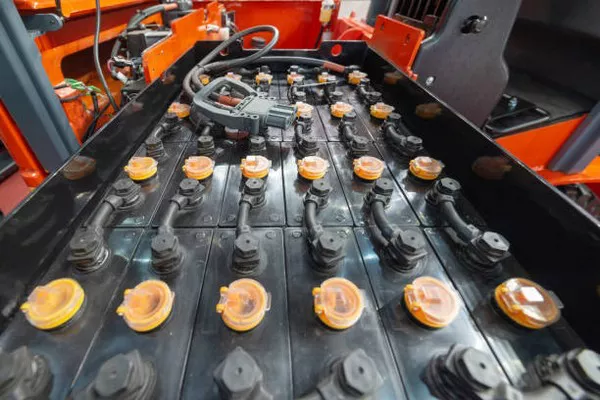When considering a generator for your household, one of the primary concerns is ensuring it can adequately supply power to meet your needs. A generator’s capacity is measured in watts, and choosing the right size generator depends on various factors such as the size of your home, the appliances you wish to power, and your specific energy requirements. In this guide, we’ll delve into the intricacies of selecting the appropriate generator size to effectively run your house during power outages.
Assessing Your Power Requirements
Before determining the size of the generator needed for your home, it’s essential to assess your power requirements accurately. Start by listing all the essential appliances and devices you want to power during an outage. These may include refrigerators, lights, heating or cooling systems, water pumps, communication devices, and possibly medical equipment.
Calculating Wattage Needs
Once you have a list of essential appliances, determine the wattage each one consumes. Most appliances have labels indicating their power consumption in watts. If this information isn’t readily available, you can use an energy usage guide to estimate their power requirements.
For example, a refrigerator typically uses between 600 to 800 watts, while a microwave oven may require around 1000 to 1500 watts. It’s crucial to consider both the running wattage, which is the power required to keep an appliance running, and the starting wattage, which is the extra power needed when an appliance starts up.
Understanding Generator Sizes
Generators come in various sizes and types, ranging from portable units to whole-house standby generators. The size of a generator refers to its power output capacity, typically measured in kilowatts (kW) or watts (W).
Portable Generators
Portable generators are versatile and can be moved around as needed. They are commonly used for powering essential appliances during outages or for outdoor activities. These generators typically range from 1000 watts to 10,000 watts, catering to different power needs.
Portable generators are suitable for smaller homes or for providing temporary power solutions. They can be powered by gasoline, propane, or diesel, offering flexibility in fuel options.
Selecting the Right Size
When selecting a portable generator size, consider the total wattage of the appliances you need to power simultaneously. Ensure the generator’s rated wattage exceeds the combined wattage of these appliances to prevent overloading the generator.
For instance, if your essential appliances consume a total of 4000 watts, opt for a portable generator with a rated wattage of at least 5000 watts to accommodate potential power surges.
Standby Generators
Standby generators are permanently installed outside the home and are connected directly to the electrical system. They are designed to automatically kick in during a power outage, providing uninterrupted power to the entire house. Standby generators are available in a wide range of sizes, from 7 kW for smaller homes to over 150 kW for larger residences or commercial properties.
Sizing a Standby Generator
Sizing a standby generator involves more complex calculations compared to portable generators. It requires consideration of the home’s electrical load, including both essential and non-essential circuits.
Load Analysis: Conduct a thorough load analysis to determine the total electrical load of your home. This involves identifying the circuits that need to be powered during an outage and calculating their combined wattage.
Automatic Transfer Switch (ATS): The size of the automatic transfer switch (ATS) should match the generator’s capacity. The ATS is responsible for switching the power source from the grid to the generator seamlessly.
Voltage Drop: Consider voltage drop to ensure the generator can maintain adequate voltage levels throughout the house. Voltage drop occurs when electricity travels over long distances, and it can affect the performance of appliances.
Fuel Type and Availability: Choose a standby generator that runs on a fuel type readily available in your area, such as natural gas, propane, or diesel. Consider factors like fuel storage capacity and refueling frequency.
Professional Assessment: For precise sizing and installation, consult a qualified electrician or generator technician. They can assess your home’s electrical system and recommend the appropriate generator size based on your specific needs.
See Also What Will A 2200 Watt Generator Run
Conclusion
Selecting the right size generator is crucial for ensuring your home remains powered during outages. Whether opting for a portable generator for temporary use or a standby generator for permanent installation, understanding your power requirements and conducting thorough calculations is essential. By assessing your electrical load, considering generator types and sizes, and seeking professional guidance when needed, you can choose a generator that meets your household’s needs effectively and provides peace of mind during power interruptions.

